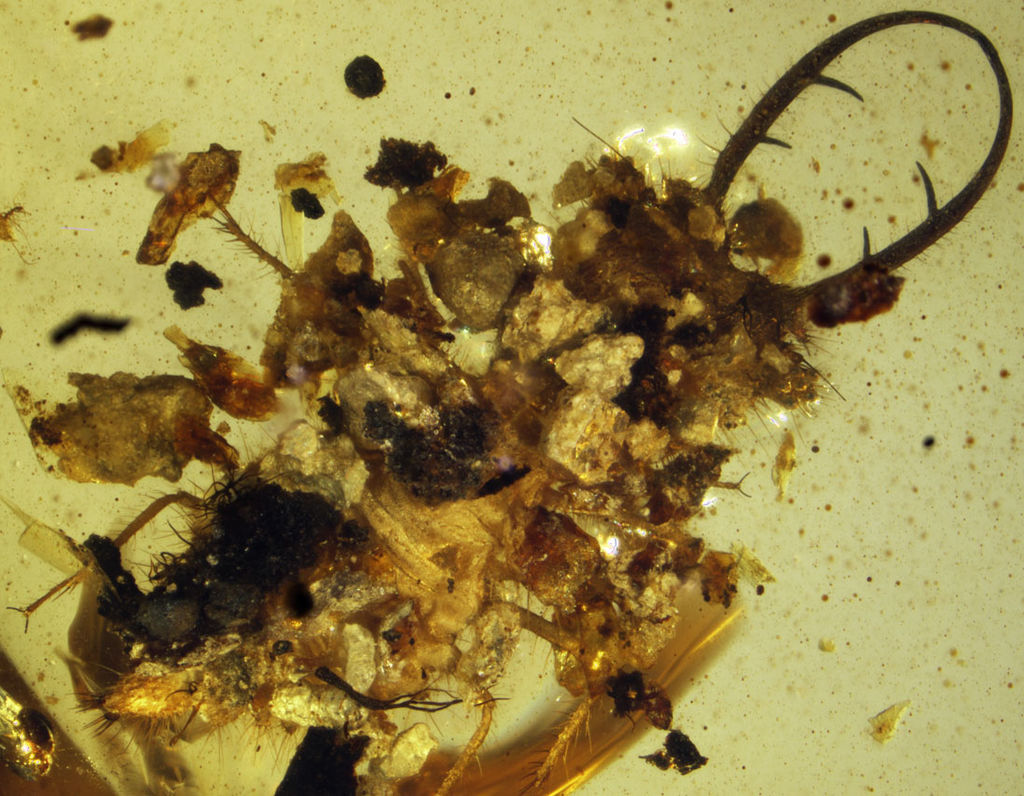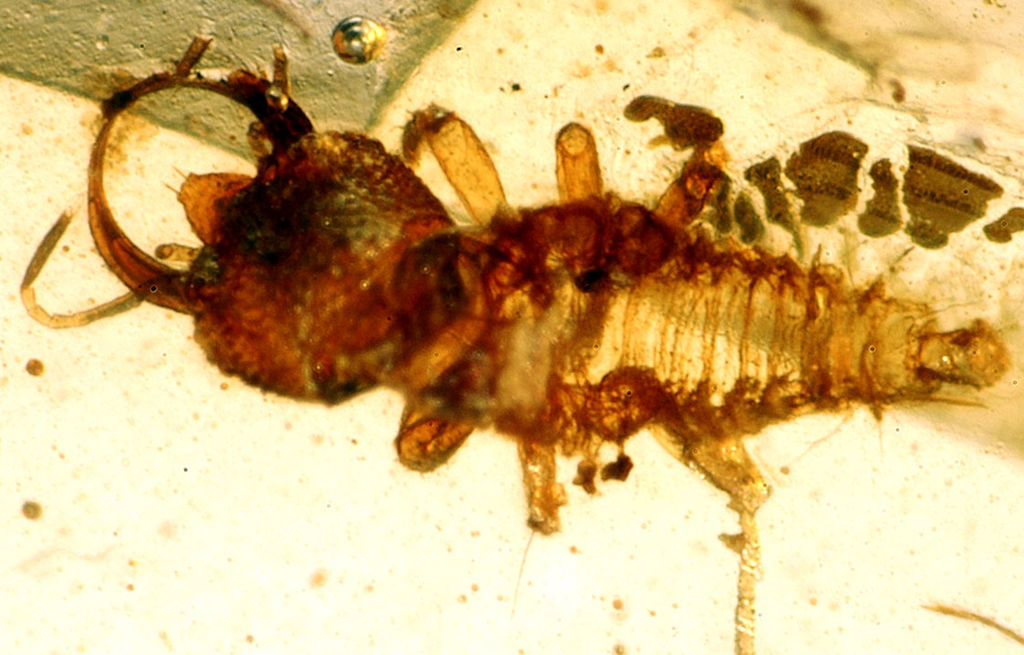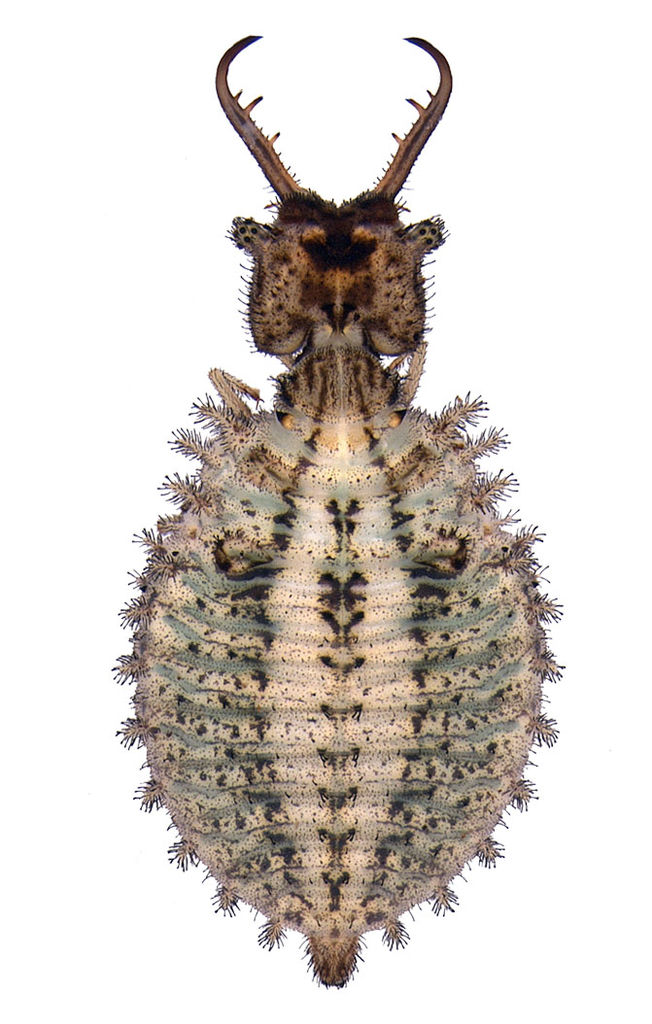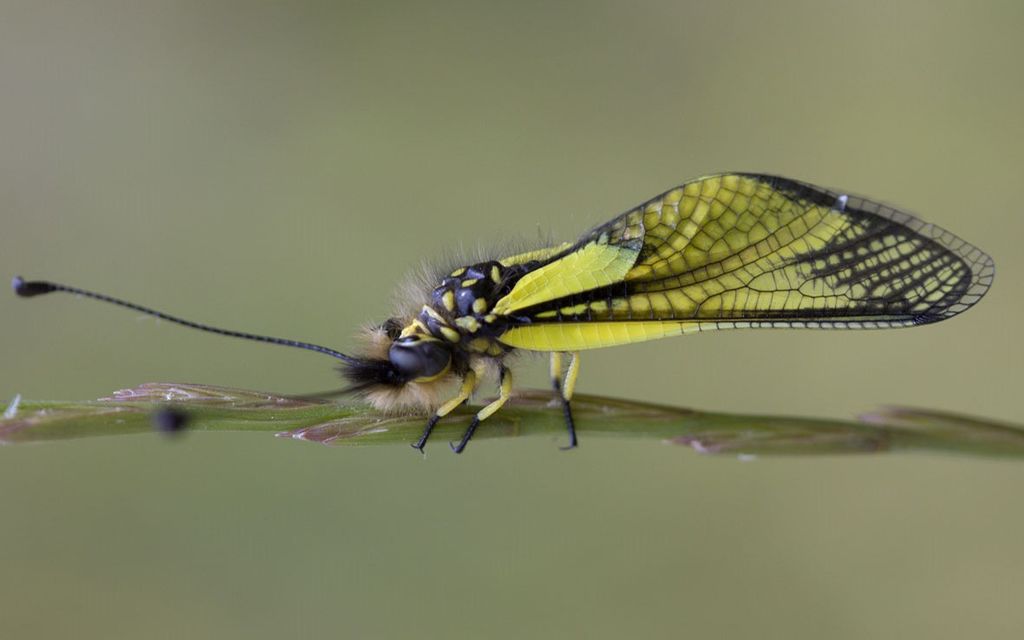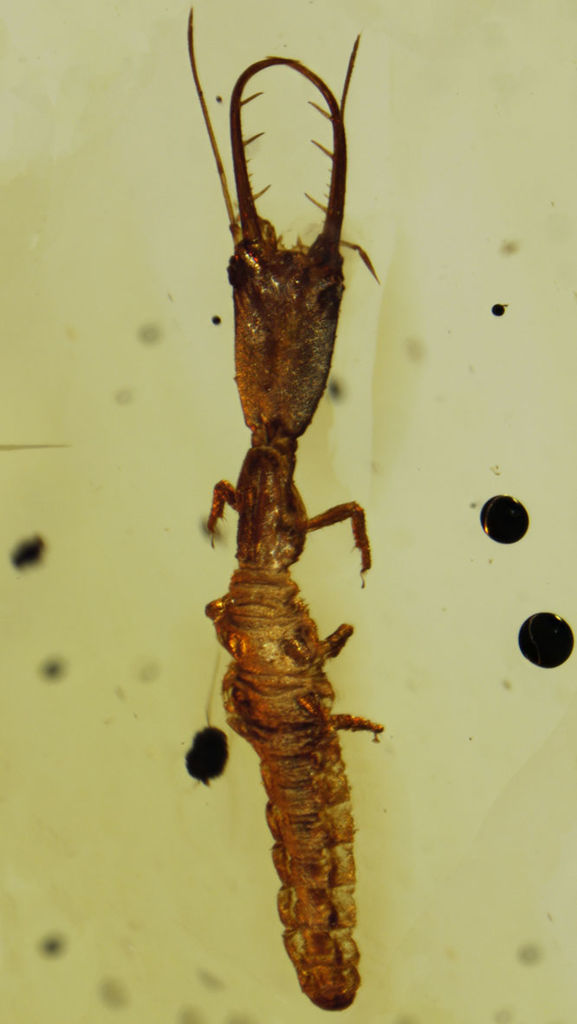
The Two Lives of the Antlion
Amber is a rare and precious substance, but sometimes the real treasure is conserved inside these petrified fragments of wood resin: traces and remains of a forgotten world. Burmite, the natural amber coming from the north area of Myanmar, is what Pierfilippo Cerretti from Sapienza and Davide Badano from the University of Genoa closely examined in order to find the fossil larvae of extinct antlions.
This exciting discovery allowed researchers to reveal the ancient history of these insects, unveiling the evolution of their peculiar morphologies and of their sophisticated hunting strategies. The results of this study have been recently published on Nature Communications. Amber from Myanmar is an extraordinary window into distant worlds, showing fragments of a complex and diversified ecosystem inhabited by incredible organisms.
“It is one of the most ancient and hardest ambers, coming from the mid-Cretaceous and dating back to 99 million years ago” – says Pierfilippo Cerretti from Sapienza – “preserving an astounding diversity of insect larvae that, for certain groups, overcomes the morphological diversity of extant species”.
This is particularly true for antlions, whose adult forms are delicate insects with large, beautifully coloured wings, sometimes compared to the most elegant lace due to their dense venation. Compared to these utterly elegant and refined adult stages, larvae appear ravenous and appalling: they have strong, toothy needle-like hollow jaws that can be snap shut on a prey to pierce it and suck its tissues.
This study shed new light onto the evolutionary history and the astounding hunting strategies of these insects.
“Our results” – claims Cerretti – “suggest that during the mid-Cretaceous modern forms, like those living today on Earth, likely co-existed with ancient forms that left no extant descendants. The dramatic upheaval of the ecological communities which put an end to the non-bird dinosaur era, could have also caused the extinction of these ancient and voracious predators”.
References:
Badano D., Engel M.S., Basso A., Wang B., Cerretti P. Diverse Cretaceous Larvae Reveal the Evolutionary and Behavioural History of Antlions and Lacewings. Nature Communications, DOI: 10.1038/s41467-018-05484-y
For further information
Pierfilippo Cerretti
“Charles Darwin” Department of Biology and Biotechnology
pierfilippo.cerretti@uniroma1.it
